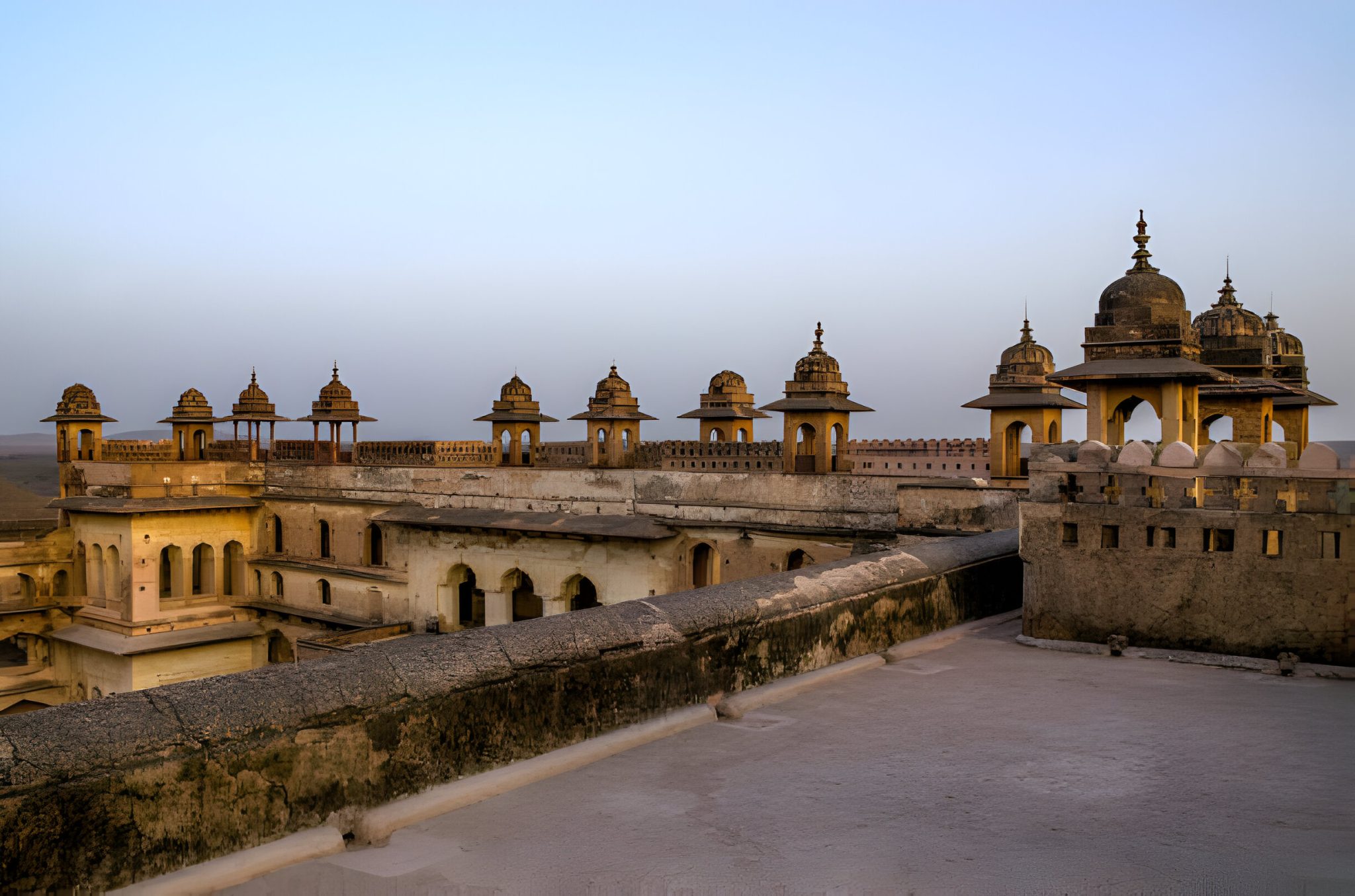In a new twist to the ongoing temple-mosque disputes in India, the Vidisha district administration in Madhya Pradesh has denied permission for the celebration of Nag Panchami at a site identified as the Bijamandal mosque by the Archaeological Survey of India (ASI). This decision has sparked controversy and renewed calls for a scientific survey of the structure from local politicians.
The dispute began when Hindu groups submitted a memorandum to Collector Buddhesh Kumar Vaidya, requesting permission to celebrate Nag Panchami at the site. The memorandum was forwarded to the ASI, which on August 2 clarified that Bijamandal was a mosque, as per a gazette notification from 1951. The ASI’s clarification was based on its status as the custodian of the site.
Collector Vaidya noted that the ASI’s designation of the site as a protected monument required him to defer to their decision. He emphasized that the ASI was the appropriate authority to handle such matters. However, the ASI has faced criticism for its stance. A senior ASI official told The Indian Express that the controversy was unfounded and that the site had long been peaceful, with no significant disputes between the communities. The official suggested that the current uproar might be an attempt to incite tensions.
In response to the ASI’s ruling, Mukesh Tandon, the BJP MLA for Vidisha, has called for a scientific survey of the Bijamandal structure. Tandon expressed dissatisfaction with the ASI’s position, arguing that the local Hindu community had been offering prayers at the site for over three decades. He plans to challenge the ASI’s decision in court, seeking permission for a survey to establish the true nature of the structure.
The ASI official defended the decision, stating that the site was classified as a protected monument, and the doors were locked to prevent damage. There was no intention to create any communal discord. The official emphasized that the designation of the site as a mosque was consistent with the existing protected monument status.
Meanwhile, Chaudhary Parvez Ahmed, acting president of the Muslim Society in Vidisha, defended the ASI’s position. Ahmed highlighted that the Muslim community has been using the Bijamandal idgah mosque for prayer for a long time. He referenced an agreement made in 1965 that affirmed the mosque’s status, asserting that the land was acquired through legitimate means and had been utilized for religious purposes since then.
The debate over Bijamandal’s history is rooted in claims that it was originally a Hindu temple, allegedly demolished during the reign of Mughal Emperor Aurangzeb, who ruled from 1658 to 1707 AD. According to ASI records, the mosque was built on the ruins of a Hindu temple dedicated to Goddess Charchika from the 12th to 13th centuries. This historical context has fueled differing interpretations of the site’s significance.
This incident follows a recent controversy regarding the Kamal Maula mosque-cum-Bhojshala temple, where an ASI report revealed that the mosque was constructed using parts from a pre-existing temple. Such findings have intensified debates over historical and religious sites across India, leading to calls for more rigorous investigations and legal interventions.
The Bijamandal dispute underscores the broader issue of how historical and religious sites are interpreted and managed. It reflects the ongoing challenges in balancing historical claims with contemporary religious practices, and the role of governmental and archaeological bodies in mediating these conflicts. As the situation develops, it remains to be seen how the court will address the demand for a scientific survey and whether it will impact the local community’s ability to celebrate traditional festivals at the site.
The denial of permission for Nag Panchami celebrations at the Bijamandal site highlights the complexity of managing historical and religious sensitivities in a diverse and multifaceted society. It serves as a reminder of the delicate interplay between history, religion, and politics in contemporary India.







